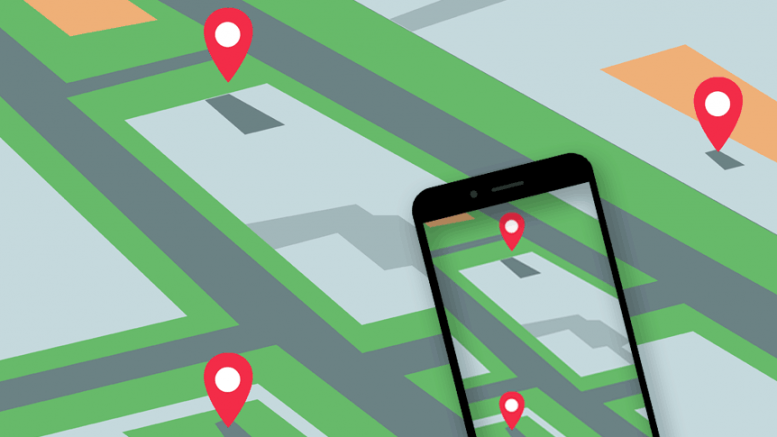Place-Based Knowledge in the Digital Age
Smartphones are becoming an important part of our daily life. Digital technologies allow news organizations to bring the news closer to the consumer than ever before – in the palm of their hand via the smartphone. Several studies highlight the growing use of the device and about 62% of smartphone owners use the mobile phone for getting news. At the same time, one of the biggest advances in mobile technology is the use of location-based applications, which can deliver online content to users based on their physical location. 55 % of smartphone owners use location-based services like Foursquare or Google Maps. And otherwise consumers are actively using location-based services for activities ranging from social networking to playing (for example Sutko). What does location mean today? The Idea of location now takes on a different connotation for the individual in the digital time.
And today there is the idea to arrange knowledge through spatial phenomena. If we connect information and geographic space we will get a concept called place-based knowledge. And there is more to come.
The Creation of Spatial Journalism
Place-based knowledge can be applied within a journalistic framework of how we see journalism practice, news producers, consumers, and the news experience. This connection of geographic space with place-based knowledge can form a unique concept called spatial journalism.
Amy Schmitz Weiss, a professor in the School of Journalism and Media Studies at the San Diego State University described spatial journalism like this: “Spatial journalism can be defined as an emergent kind of journalism that incorporates space, place and/or location (physical, augmented and virtual) into the process and practice of journalism.”
The concept of spatial journalism is a kind of personalization because you get more knowledge based on where you are in that immediate moment. Whether it´s a restaurant review or about crime in the new neighborhood or it’s the news of a police standoff two blocks away from where you are.
Information and geographic space are coming together in new way. And as a result we have information about spaces and places that we go through every day. We get help to have a better understanding of our communities. Spatial Journalism can identify the holes, gaps, and lack of attention given to communities that are underrepresented or not represented at all. Spatial journalism can help us in time of assassinations and terrorist attacks. But otherwise it might be dangerous. This kind of technical progress can create ghettos because do you like to buy a house in an area where you get ten different stories on you smartphone about drug trafficking, that is happening in the neighborhood, break-ins an so forth?
It could be fascinating that we can now use mobile technologies to really learn more about our surroundings, through news sources and location-based services. But in this time, we must be sensible of the power of such tools and how we are subject to specific interpretations of the daily space around us.
by Maximiliane Paulus, Christina Scheben, Fredrik Larsson, Stefanie Rager

